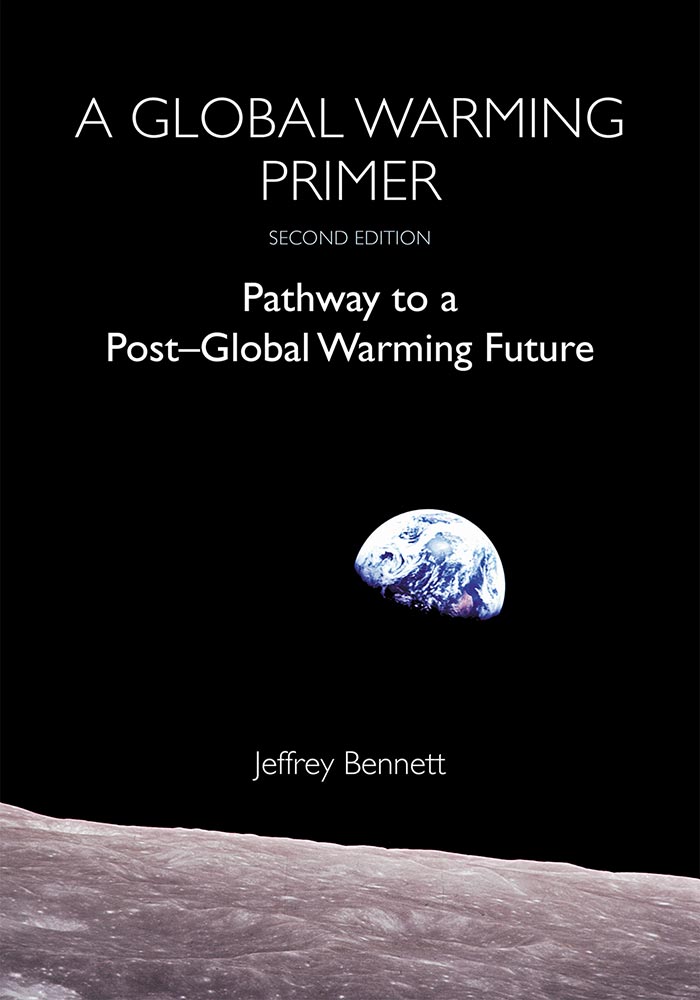 Climate change. Astronomy. A canine astronaut. They intersect in our guest, astronomer and author Dr. Jeff Bennett. Among other things, we focus on climate change and policy – present and future.
Climate change. Astronomy. A canine astronaut. They intersect in our guest, astronomer and author Dr. Jeff Bennett. Among other things, we focus on climate change and policy – present and future.
Dr. Bennett got his Ph.D. in Astrophysics from the University of Colorado, and he served two years as a Visiting Senior Scientist at NASA Headquarters, where he was the first scientist hired within a science division specifically to leverage science missions for education. As an author, Dr. Bennett has written college textbooks in astronomy, mathematics, statistics, and astrobiology, and a freely available, interactive digital textbook about Earth and Space Science for middle- and high-school students. He also has written popular books that include a series for children about an intrepid astronaut dog named Max, who goes to the Moon, Mars and elsewhere.
A particular topic we plan to delve into today with Dr. Bennett is regarding his book titled: “A Global Warming Primer: Pathway to a Post-Global Warming Future”. A current issue is the EPA’s proposal to rescind the 2009 Greenhouse Gas Endangerment Finding. The comment period for the proposed rule change has been extended to September 22. Other issues include the Department of Energy’s recent report critical of climate change research (see rebuttals of the report by Dr. Bennett and others), and whether NASA will continue doing climate and other Earth-based science.
Host: Joel Parker
Show Producer/Engineer: Joel Parker
Executive Producer: Susan Moran
Listen to the show:
Podcast: Play in new window | Download (Duration: 26:09 — 35.9MB)
Subscribe: RSS



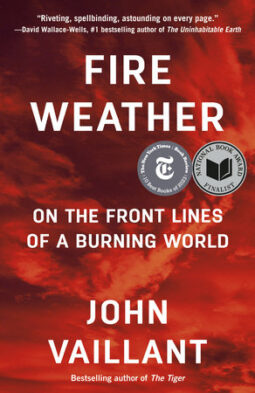 On this week’s show we replay an
On this week’s show we replay an 
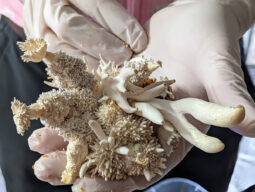
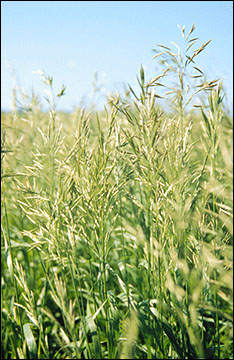 On this week’s show Beth speaks with Joe Swanson and Laura Backus to discuss some of the invasive weeds that are plaguing Boulder County. Joe is the County
On this week’s show Beth speaks with Joe Swanson and Laura Backus to discuss some of the invasive weeds that are plaguing Boulder County. Joe is the County 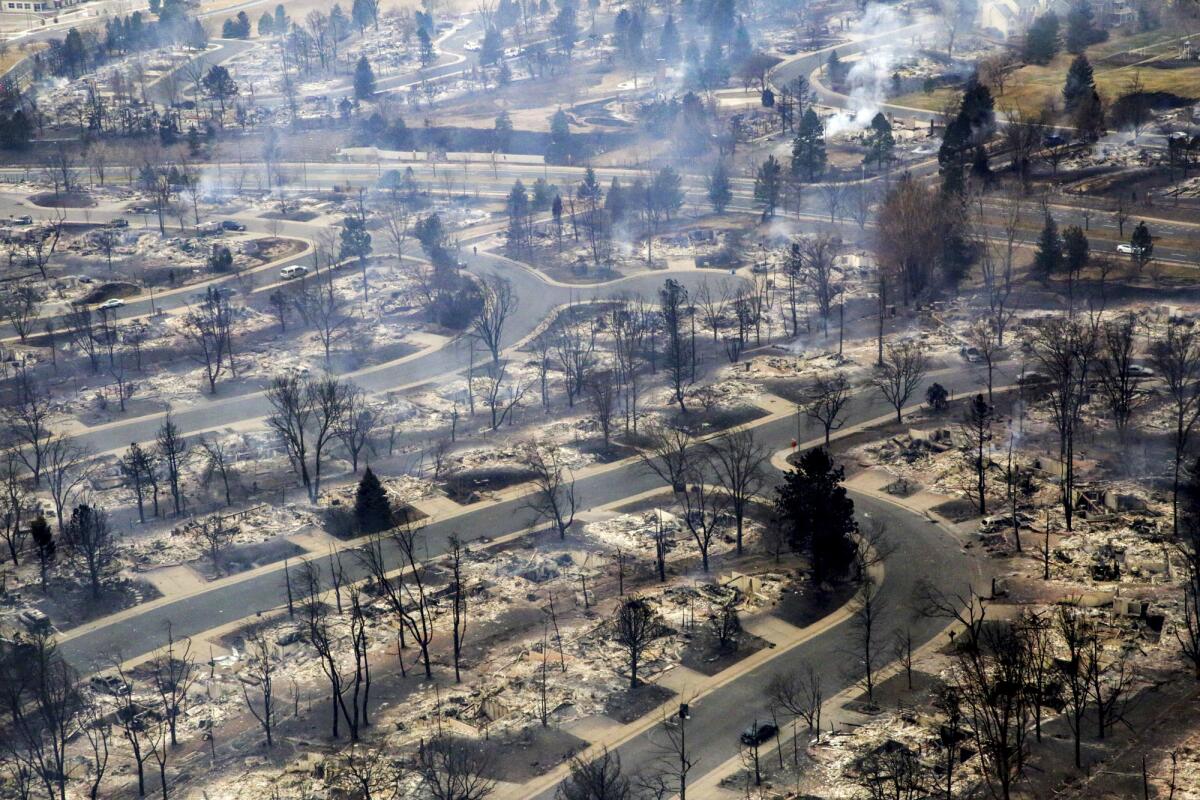 In this fire prone season, we talk with experts about an ancient building technique that might reduce the chance that a building’s going to burn. Unfired, compressed earth blocks are a building material that involves clay, sand and lime. Our guests are architect-engineer
In this fire prone season, we talk with experts about an ancient building technique that might reduce the chance that a building’s going to burn. Unfired, compressed earth blocks are a building material that involves clay, sand and lime. Our guests are architect-engineer 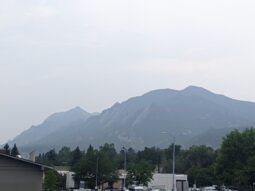

 On this week’s show, we focus on the ongoing challenge of climate change. In addition to headlines about this issue, we replay an interview with author John Vaillant, who has written extensively about the natural world over his long career. In his new book, Fire Weather:A True Story from a Hotter World, he explores the phenomena of fire, the wildland urban interface, and climate change in the context of a precedent-shattering combustion in a modern city.This colossal wildfire in Alberta in 2016 almost consumed a city of nearly 100,000. In the process the fire blew up expectations and responses to wild fires. Vaillant gives an in depth exploration of the rapidly changing relationship between fire and humankind along with personal stories of loss and bravery on the front lines of this horrifying event.
On this week’s show, we focus on the ongoing challenge of climate change. In addition to headlines about this issue, we replay an interview with author John Vaillant, who has written extensively about the natural world over his long career. In his new book, Fire Weather:A True Story from a Hotter World, he explores the phenomena of fire, the wildland urban interface, and climate change in the context of a precedent-shattering combustion in a modern city.This colossal wildfire in Alberta in 2016 almost consumed a city of nearly 100,000. In the process the fire blew up expectations and responses to wild fires. Vaillant gives an in depth exploration of the rapidly changing relationship between fire and humankind along with personal stories of loss and bravery on the front lines of this horrifying event.